Why First-Time Storage Renters Need This Guide
Renting your first storage unit can feel overwhelming. With various sizes, features, and pricing options available, making the right choice is crucial for both your belongings and your budget. This comprehensive guide will walk you through everything you need to know to make your first storage experience a success.
Determining the Right Storage Unit Size
One of the most common questions first-time renters ask is, “What size unit do I need?” Here’s a practical breakdown:
- 5×5 (25 sq ft): Perfect for seasonal items, small furniture pieces, or boxes from a studio apartment
- 5×10 (50 sq ft): Ideal for a one-bedroom apartment’s worth of items
- 10×10 (100 sq ft): Can fit contents from a two-bedroom apartment
- 10×15 (150 sq ft): Suitable for a small house or three-bedroom apartment
- 10×20 (200 sq ft): Accommodates contents of a larger house, including appliances
Essential Features to Consider
Before signing your rental agreement, evaluate these key features:
- Climate control for temperature-sensitive items
- Drive-up access for easy loading and unloading
- Security features like surveillance cameras and gated access
- Facility cleanliness and maintenance
- Operating hours that fit your schedule
Smart Packing Strategies for Maximum Space
Make the most of your storage unit with these proven techniques:
- Use uniform box sizes for easier stacking
- Create an aisle for accessing items in the back
- Place frequently needed items near the front
- Stack boxes vertically to maximize space
- Label everything clearly and create an inventory list
Cost-Saving Tips for New Renters
Keep your storage costs manageable with these money-saving strategies:
- Compare rates from multiple facilities
- Ask about first-time renter discounts
- Consider sharing a larger unit with family or friends
- Declutter before renting to minimize space needs
- Review insurance options and existing coverage
Storage Unit Safety and Security
Protect your belongings with these essential security measures:
- Choose a high-quality disc lock or cylinder lock
- Don’t store valuables like jewelry or important documents
- Review the facility’s security features and protocols
- Maintain appropriate insurance coverage
- Keep detailed records of stored items
What Not to Store
Be aware of these commonly prohibited items:
- Perishable food items
- Hazardous materials
- Flammable liquids
- Live plants or animals
- Unregistered vehicles
Managing Your Storage Unit Long-Term
Follow these tips for successful long-term storage:
- Visit your unit regularly to check on items
- Keep updated inventory records
- Maintain climate control settings if applicable
- Review and update insurance as needed
- Stay current on rental payments to avoid late fees
When to Consider Upgrading or Downsizing
Evaluate your storage needs periodically and consider changes when:
- Your unit is consistently more than 80% full
- You’re using less than 60% of the space
- Your storage needs have changed significantly
- You’re planning a major life change
- Your budget situation has changed
Making Your First Storage Experience a Success
Remember these key takeaways for a positive storage experience:
- Take time to choose the right size and features
- Plan your organization strategy before moving in
- Keep detailed records of your stored items
- Stay on top of maintenance and payments
- Review your needs regularly to ensure you’re getting the best value
Your first storage unit rental doesn’t have to be complicated. With proper planning and organization, you can create an efficient, cost-effective storage solution that meets your needs. Keep this guide handy as you begin your storage journey, and you’ll be well-equipped to make smart decisions about your storage space.

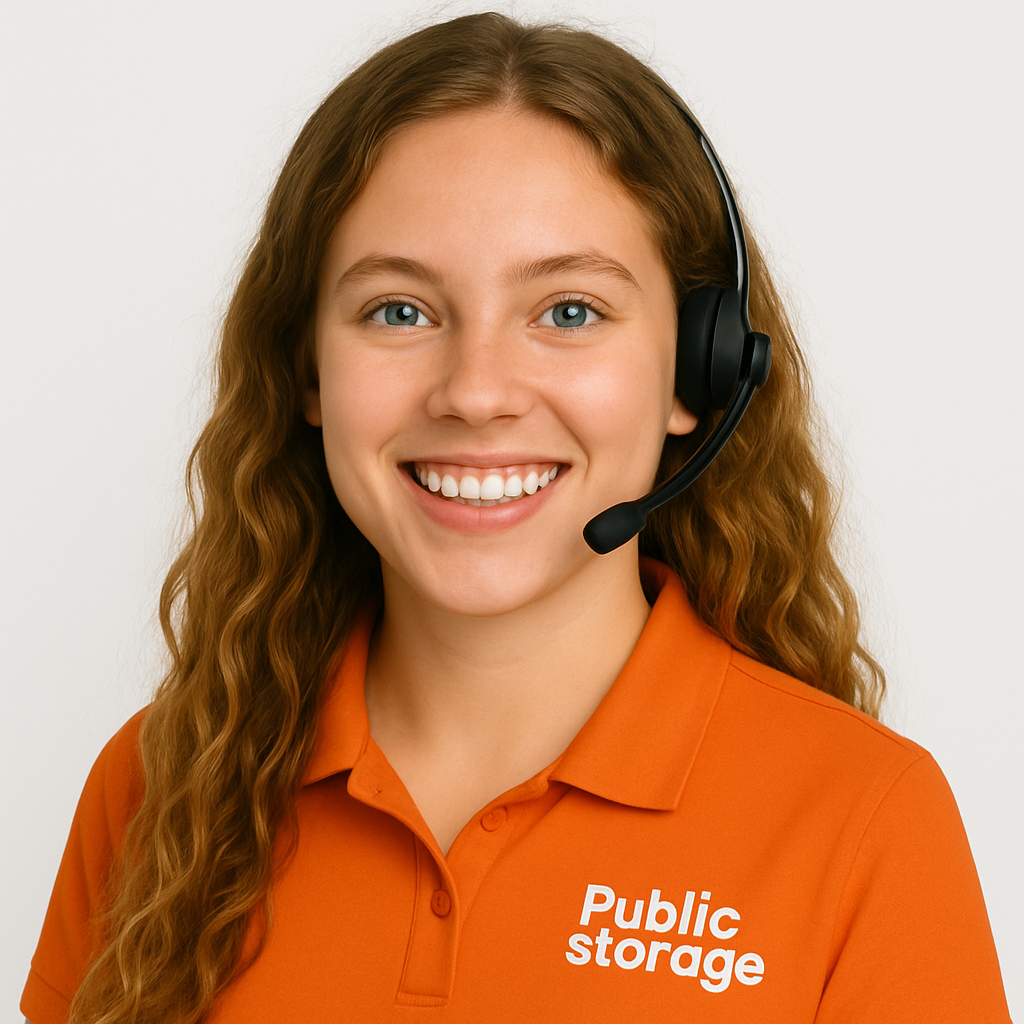
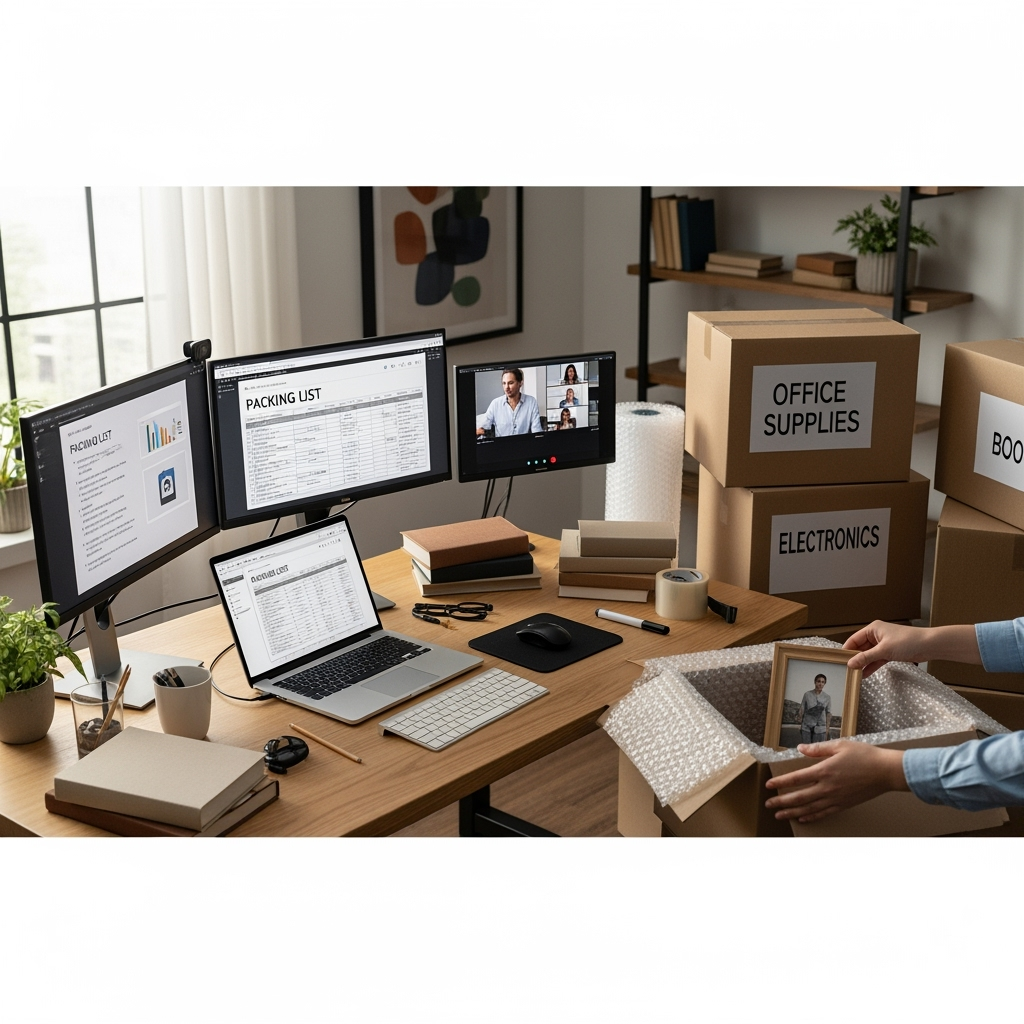



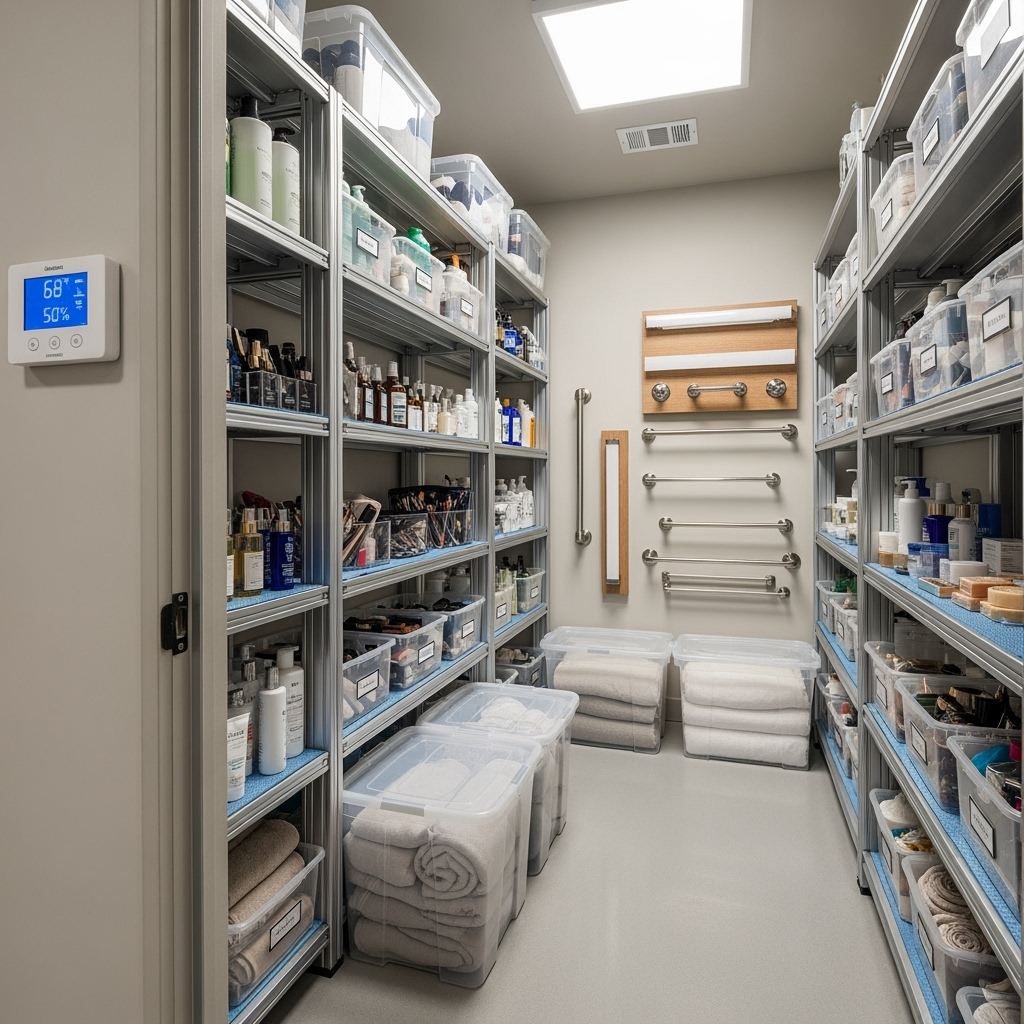
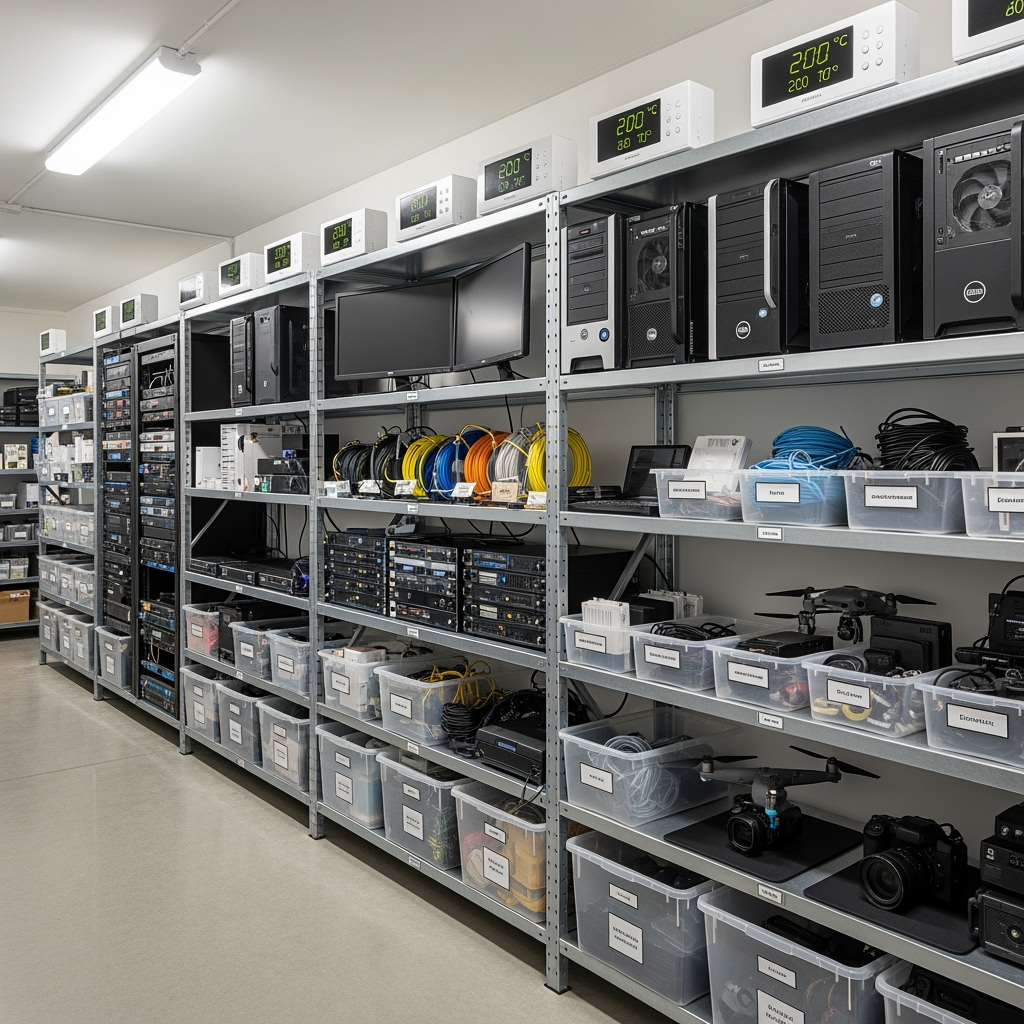
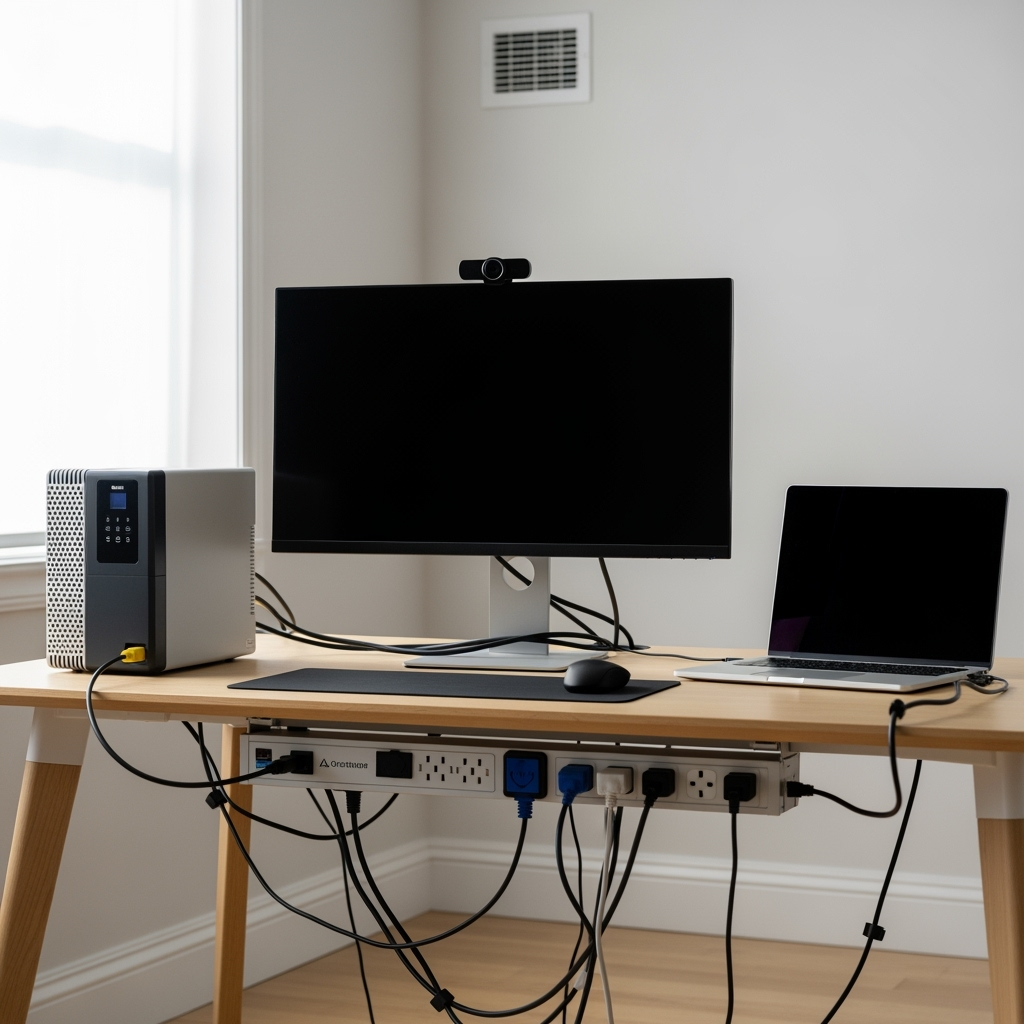
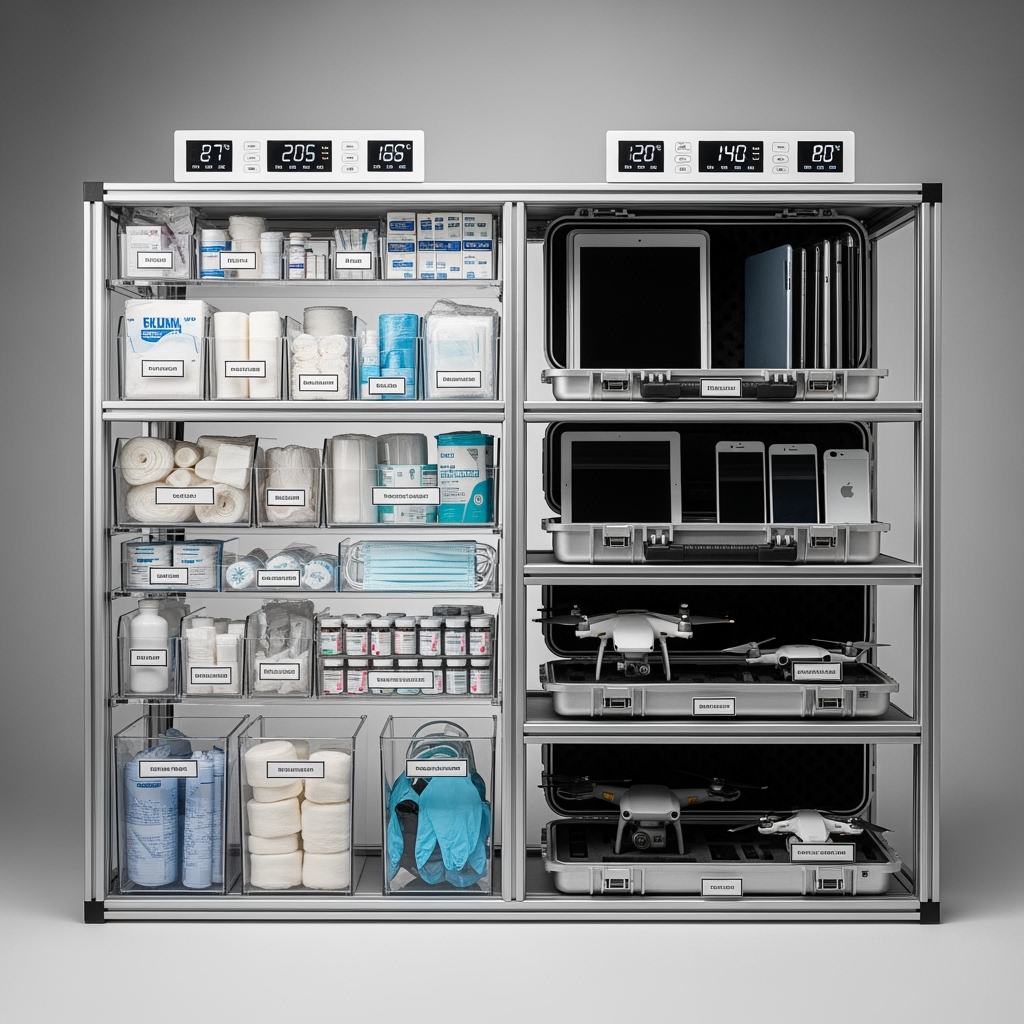
Leave a Reply